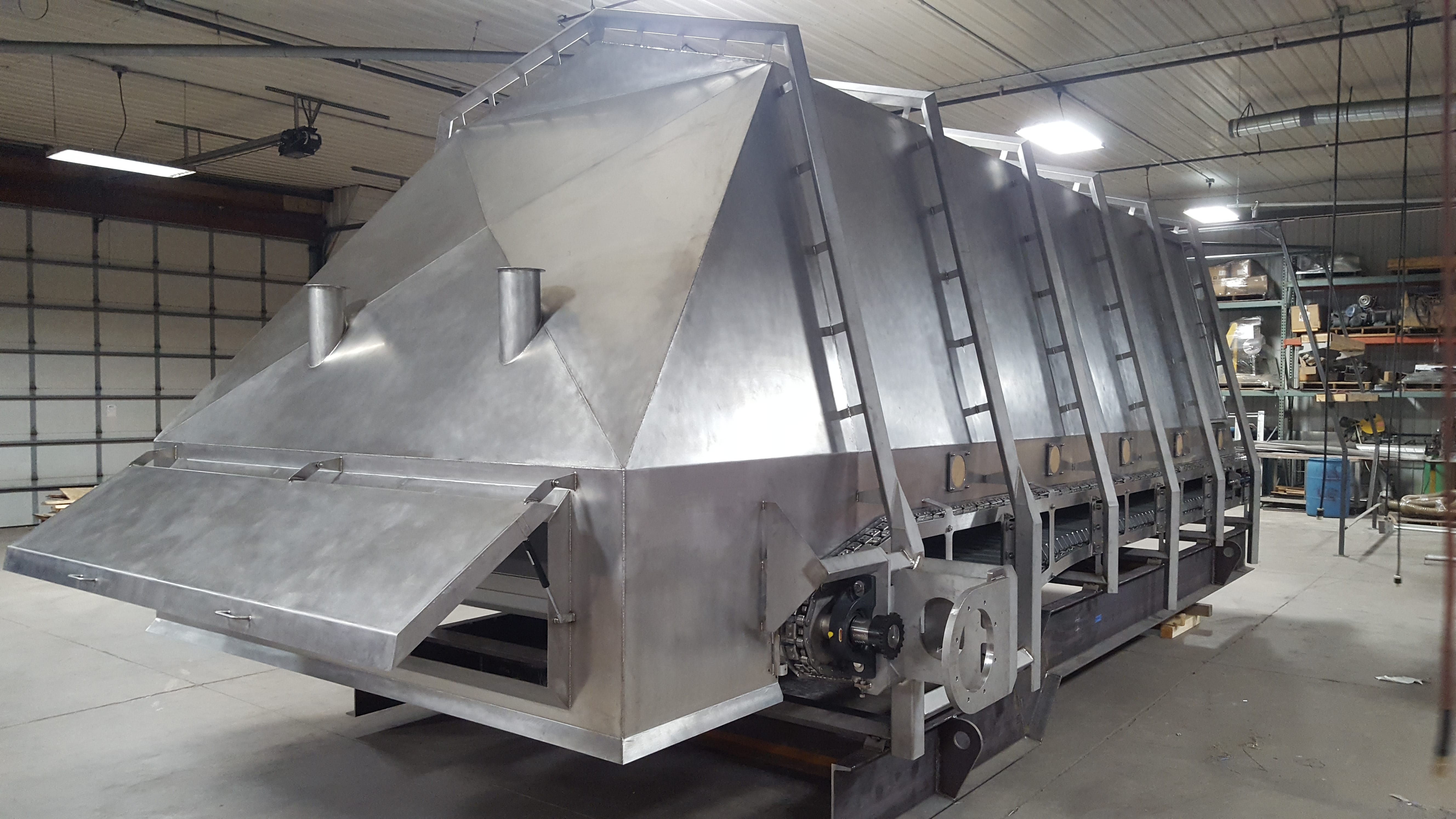Steel Fabrication Melbourne: Workmanship Fulfills Innovation
Steel Fabrication Melbourne: Workmanship Fulfills Innovation
Blog Article
Ingenious Trends in Steel Fabrication: Enhancing Durability and Accuracy
In the realm of steel construction, the quest of sturdiness and precision has caused a wave of cutting-edge trends that are reshaping the sector. From innovations in welding technologies to the integration of robot automation in manufacture processes, the landscape of steel manufacturing is evolving swiftly. High-strength alloy development, combined with the use of 3D modeling and simulation software program, is pressing the boundaries of what is attainable in terms of structural integrity and precision. The growing focus on lasting techniques in steel manufacturing is not only driving effectiveness yet also cultivating a much more environmentally conscious approach to manufacture. These fads are not just shaping the existing however also laying the foundation for the future of steel manufacture, assuring additional improvements in sturdiness and accuracy.
Advanced Welding Technologies
In the realm of steel construction, the fostering of innovative welding technologies has considerably changed the industry's approach to attaining remarkable high quality and precision in architectural welds. Advanced welding modern technologies, such as laser beam of light welding and friction mix welding, have actually emerged as game-changers in the area. By leveraging these sophisticated welding techniques, steel producers can raise the toughness, stamina, and precision of their architectural welds, meeting the significantly requiring needs of modern-day construction projects.
Robotic Automation in Fabrication
Welcoming robotic automation has actually come to be a cornerstone of contemporary steel fabrication practices, improving and streamlining processes performance across the sector. Robots are changing the method steel elements are made, providing unequaled precision and speed while minimizing human error. These automated systems can handle repeated jobs with consistent accuracy, leading to greater top quality final product.
One secret benefit of robotic automation in steel manufacture is the capacity to function all the time without exhaustion, substantially enhancing production outcome. This continual procedure minimizes downtime and increases task timelines, eventually conserving costs for producers. In addition, robots can be programmed to execute elaborate jobs that might be challenging or hazardous for human employees, boosting safety in the workplace.
Furthermore, robotic automation allows smooth integration with other digital innovations, such as computer-aided style (CAD) software and Web of Things (IoT) systems (steel fixing). This interconnected method improves communication between different stages of fabrication, optimizing operations and guaranteeing real-time tracking and control. As the steel construction industry remains to progress, robotic automation sticks out as a transformative force driving efficiency and accuracy in manufacturing processes

High-Strength Alloy Growth
The advancement of high-strength alloy growth in steel manufacture is improving the sector's technique to enhancing material toughness and performance. High-strength alloys are crafted to exhibit superior mechanical buildings, such as raised tensile stamina, durability, and corrosion resistance contrasted to conventional steel grades. By integrating these sophisticated alloys into construction procedures, makers can create elements that stand up to higher tension levels and severe settings, causing even more dependable and long lasting final product.
One key benefit of high-strength alloy development is have a peek here the capability to decrease product density without endangering structural honesty. This not just causes lighter-weight parts yet likewise adds to cost savings and enhanced efficiency in fabrication and assembly procedures. Additionally, the boosted strength-to-weight proportion of these alloys permits the style and building of structures with greater load-bearing capacities while minimizing overall weight.
3D Modeling and Simulation Software Application
Developments in steel fabrication processes have actually been significantly propelled by the assimilation of innovative 3D modeling and simulation software application devices. These tools allow producers to produce in-depth virtual versions of their jobs, enabling them to envision the final item with accuracy before any type of physical work begins.

Sustainable Practices in Steel Production
Including sustainable techniques into steel manufacturing processes is necessary for reducing ecological impact and making sure long-term source accessibility. One crucial sustainable practice is the fostering of energy-efficient modern technologies to minimize greenhouse gas exhausts throughout the steel production process. This consists of making use of renewable resource sources, such as solar or wind power, to power steel plants and carrying out energy-efficient tools to optimize energy usage.
One more critical aspect of sustainable steel manufacturing is the liable sourcing of resources. This includes making certain that the iron ore and other resources utilized in steelmaking are acquired from ecologically pleasant and moral resources. By promoting transparency in the supply chain and adhering to strict environmental anchor requirements, steel suppliers can minimize the negative impacts of resource extraction on regional environments and areas.

Conclusion
In conclusion, the cutting-edge patterns in steel fabrication such as advanced welding modern technologies, robot automation, high-strength alloy development, 3D modeling and simulation software, and lasting methods are enhancing the durability and accuracy of steel products. These innovations are changing the steel construction sector by enhancing sustainability, performance, and top quality. It is clear that the future of steel construction hinges on welcoming these innovative technologies to satisfy the demands of contemporary construction and manufacturing sectors.
In the realm of steel manufacture, the pursuit of longevity and precision has actually led to a wave of innovative patterns that are improving the industry.In the world of steel manufacture, the adoption of innovative welding technologies has dramatically transformed the market's approach to accomplishing remarkable quality and precision in architectural welds. As the steel manufacture industry continues to progress, robotic automation stands out as a transformative force driving efficiency and accuracy in making processes.
Furthermore, reusing and recycling steel scrap and waste materials play a significant function in boosting the sustainability of steel manufacturing. steel fabrication melbourne.In verdict, the innovative trends in steel construction such as sophisticated welding modern technologies, robot automation, high-strength alloy growth, 3D modeling and simulation software, and lasting practices are improving the longevity and accuracy of steel items
Report this page